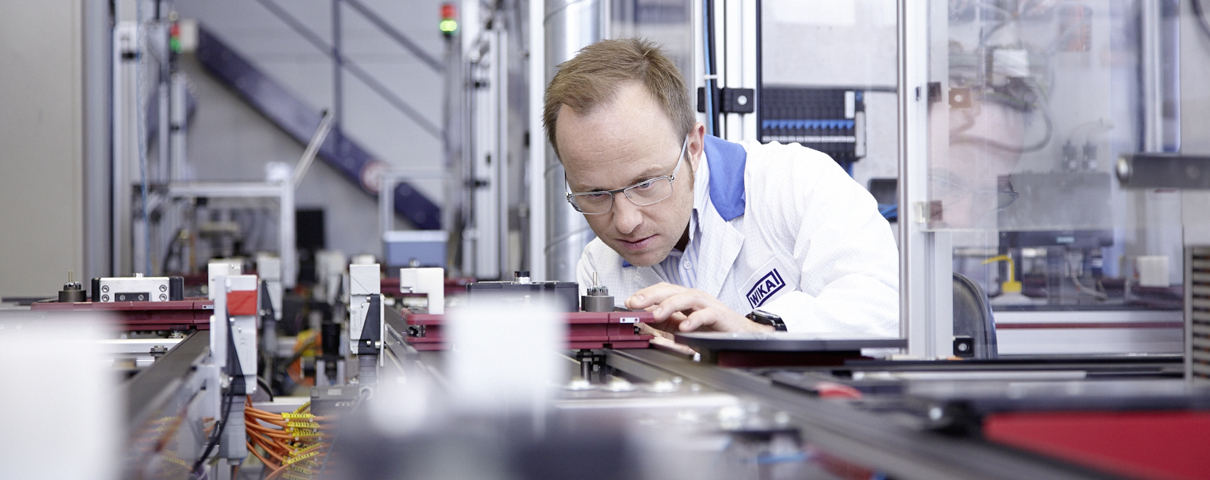
Any chemical plant or refinery executive will readily acknowledge that unplanned shutdowns and maintenance issues can cost their company millions because of lost production. But the unanticipated consequences are often overlooked.
Safety is a huge concern anytime a plant or unit shuts down, even for routine maintenance or a turnaround. In fact, according to Sherman Glass, Jr., President of Exxon Mobile Refining and Supply Company of Chevron (retired), “We have learned that while we operate in the start-up and shutdown mode less than 5 percent of the time, almost 40 percent of incidents occur during these ‘take-off and landing periods.”1 Another concern during unplanned or even planned shutdown turnarounds is the increased chance of fugitive emissions and pollution. While much attention is given to everyday emissions during regular operations, many “emission events” occur during abnormal operating conditions.
These can include unplanned downtime or a planned plant turnaround. How much can be released during these events? Looking at one example from the Texas Commission on Environmental Quality (TCEQ) reports: Between 2009 and 2011, emission events at chemical plants, refineries, and natural gas operations in Texas released a combined total of more than 42,000 tons of sulfur dioxide and just over 50,000 tons of smog-forming Volatile Organic Compounds (VOCs) 2
Make a Plant Shutdown Turnaround Run Smoothly
Being able to prepare for a restart is the best defense against avoiding excessive emissions or even safety incidents. During planned turnarounds, this is especially true because your team has performed maintenance on almost all machinery and instrumentation – not just one piece of equipment. One best-practices approach would be to evaluate the maintenance needs before a plant turnaround begins. For example, WIKA offers its FAST Turnaround Instrument Planning to diagnose failed or failing gauges before a plant or unit turnaround even begins so that the needed products can be delivered just in time for your maintenance crew. This helps our customers avoid delayed or lost products, reduce cost overruns and even avoid misapplication that can cause leaks or failures upon start-up. A turnaround is a part of plant life, but it doesn’t have to contribute to safety incidents or excessive “emission events” when you’re ready for a restart. The likelihood of both can be reduced with pre-turnaround audits that allow your personnel, and your suppliers, to give you just the parts you need, when you need them.
1 “Plant Reliability and Maintenance,” Oil & Gas IQ, October 2010
2 TCEQ, EMISSION EVENT DATABASE.

